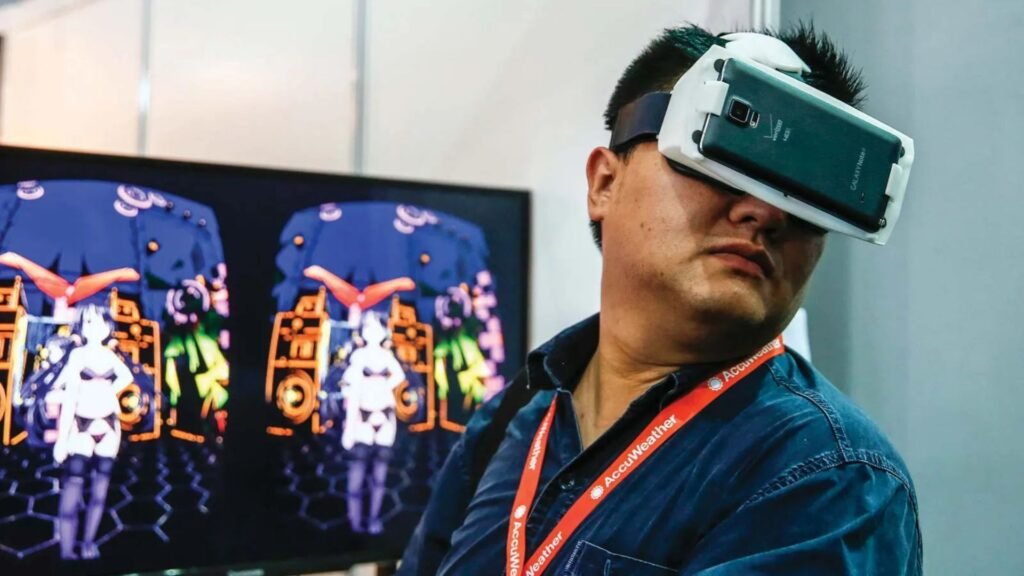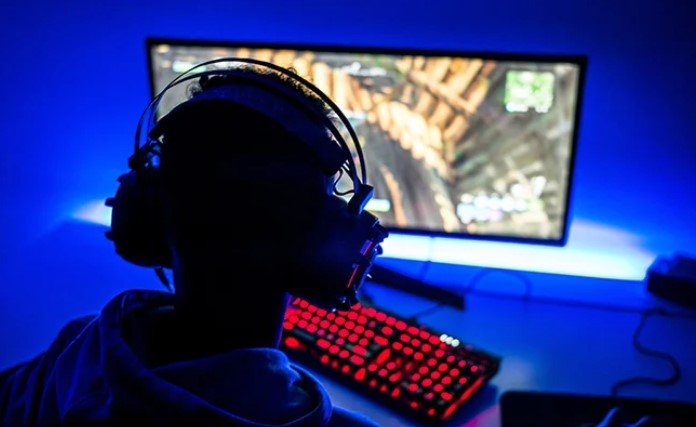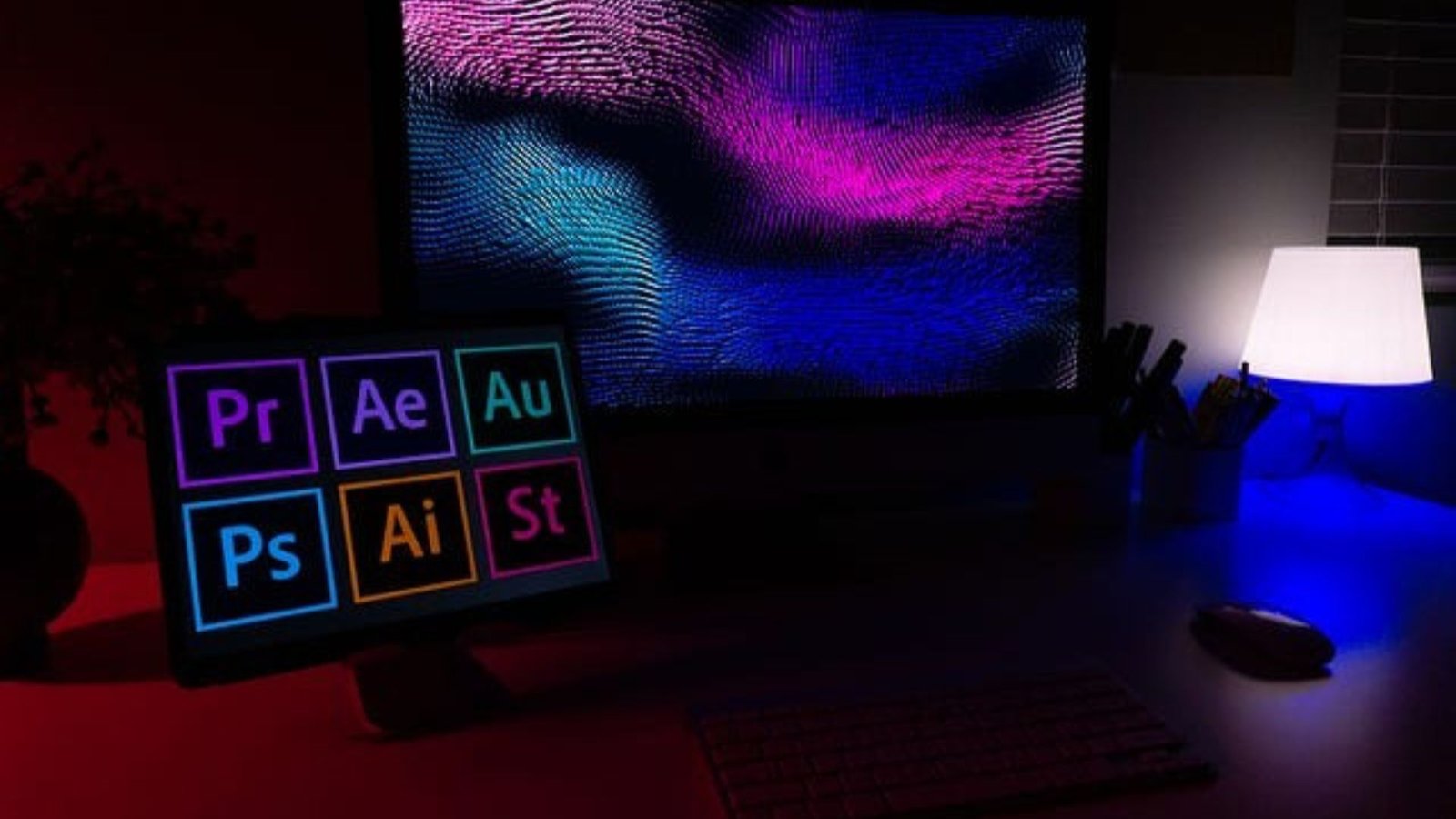Virtual Reality (VR) has emerged as one of the most revolutionary technologies, offering immersive and interactive experiences that transport users into entirely digital worlds. However, the success and effectiveness of VR heavily depend on the quality of computer graphics. Without advanced graphics, VR would lack the realism and interactivity needed for a truly engaging experience. In this article, we will delve into why computer graphics are vital for Virtual Reality, examining how they contribute to immersion, realism, interactivity, and overall user experience.

Creating Immersive Environments
The core appeal of VR lies in its ability to immerse users in digital worlds. To make VR environments feel believable, the computer graphics used must be highly detailed, realistic, and responsive. Graphics enable the creation of lifelike settings that users can explore and interact with, from virtual cities to alien landscapes.
How Computer Graphics Contribute:
- Detailed Textures and Lighting: High-quality textures and realistic lighting effects make VR worlds appear more lifelike, helping users suspend disbelief and feel like they are truly present in the environment.
- Realistic 3D Models: Complex 3D models of objects, landscapes, and characters are essential for creating environments that users can interact with, such as objects they can pick up or walls they can walk around.
Without advanced computer graphics, VR environments would appear flat, blocky, and unconvincing, breaking the immersion for users.
Enhancing Realism with Real-Time Rendering
Real-time rendering is a crucial component of VR, as it allows for the seamless generation of graphics while the user moves and interacts with the virtual world. For VR to feel natural, the graphics must update instantaneously, reflecting the user’s movements and actions. Computer graphics technology enables this by rendering scenes and objects dynamically in response to user input.
Key Features:
- Low Latency: The graphics must respond with minimal delay to maintain a smooth, immersive experience. High latency can cause discomfort, such as motion sickness, disrupting the user’s experience.
- Frame Rate Consistency: High frame rates, typically 90 fps or higher, are essential for fluid motion. Computer graphics systems must consistently render high-quality visuals at these speeds to maintain realism and prevent visual distortions.
Real-time rendering powered by advanced computer graphics ensures that users remain immersed in their surroundings without breaks in continuity, allowing for a more realistic and engaging VR experience.
Enabling Interactivity and Object Manipulation
One of the unique aspects of VR is the ability to interact with the virtual environment. Whether it’s picking up objects, opening doors, or manipulating 3D models, computer graphics play a significant role in enabling these interactive elements.
Interactivity Features:
- Responsive Objects: For VR to be interactive, objects in the virtual world must respond to the user’s actions. Computer graphics enable this by making objects react to touch, motion, and even environmental changes.
- Physics Simulation: Realistic interactions depend on physics-based simulations, such as gravity, momentum, and object collision. Computer graphics allow for these simulations to take place, ensuring objects move and behave naturally when manipulated in the virtual world.
By enhancing object interactivity and making virtual worlds respond to user input, computer graphics transform VR from a passive viewing experience to an engaging and interactive one.
Simulating Depth and Spatial Awareness
Spatial awareness is critical in VR to give users a sense of depth and perspective, helping them navigate and interact with their surroundings effectively. Computer graphics are responsible for creating the illusion of three-dimensional space, allowing users to perceive distance, volume, and scale in the virtual world.
How Graphics Contribute to Spatial Awareness:
- Stereoscopic Rendering: By rendering two slightly different images for each eye, computer graphics create a sense of depth, making objects in VR appear as though they exist in a 3D space.
- Head Tracking and Depth Perception: As users move their heads, VR systems use computer graphics to update the scene, adjusting the perspective to match their viewpoint. This is essential for maintaining accurate depth perception and preventing disorientation.
Without advanced computer graphics, the spatial fidelity of VR experiences would be lost, making it harder for users to navigate and interact within virtual environments.
Conclusion
Computer graphics are the backbone of Virtual Reality, transforming it from a mere simulation into an immersive and interactive experience. They are responsible for creating the detailed environments, realistic objects, dynamic interactions, and smooth rendering that make VR so compelling. As VR technology continues to evolve, the role of computer graphics will remain central, driving new innovations and applications across industries such as entertainment, healthcare, education, and beyond.




